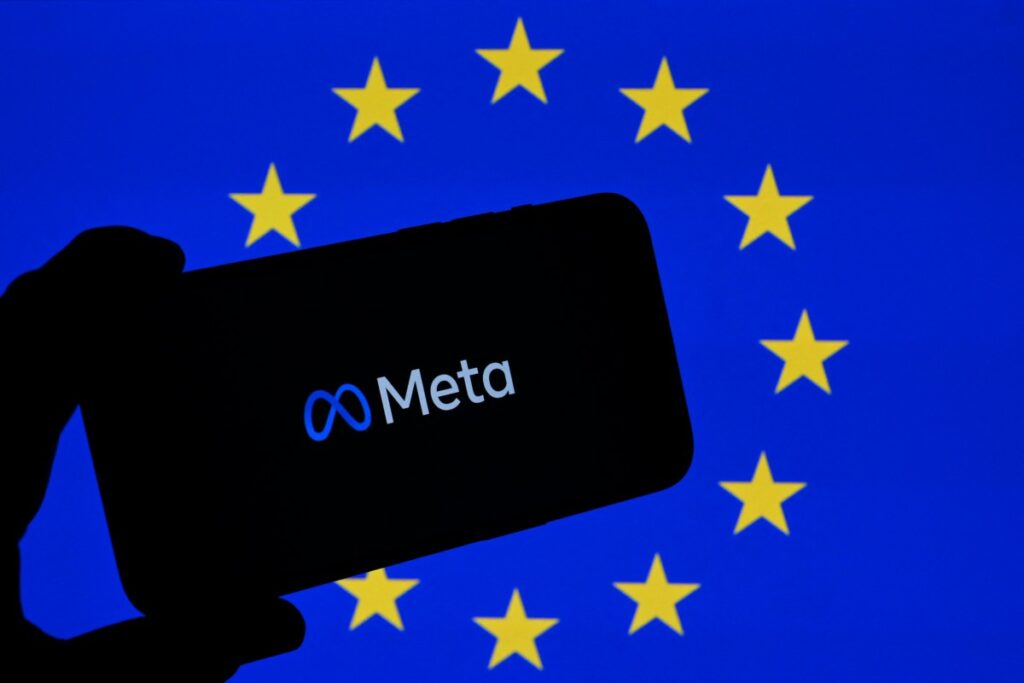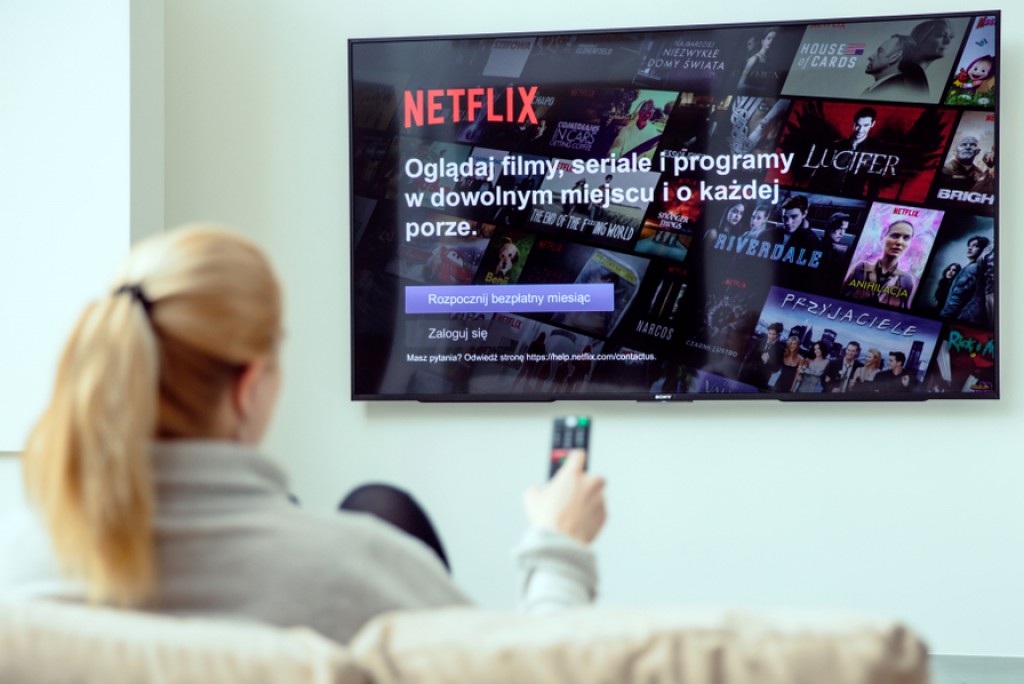Image Above: Hetarth Patel, VP across & Managing Director for UAE, WebEngage
In recent years, humans’ shrinking attention span has puzzled behavioral scientists. The average attention span has been reducing for the last two decades, largely fueled by digitalization. Many compare humans’ dwindling attention span with that of a goldfish, which is notorious for its constant distractions. Recent reliable studies have established that the average attention span when looking at a screen is about 47 seconds. If you are a marketer, that number is not something you can take lightly.
“Today, a competitive approach to marketing would be to first reconcile with the ‘attention economy’,” says Hetarth Patel, VP – MEA and Managing Director – UAE, WebEngage – a marketing technology company specializing in customer retention. An attention economy posits treating human attention as a scarce commodity that can be gained only through effective, ethical, and experience-led engagement. Due to smartphones, social media, and a deluge of information, customers are spoilt for choices. Therefore, brands often find it difficult to engage and retain existing customers.
That is perhaps why brands across sectors are increasingly shifting their focus on customer retention, according to Hetarth. “Brands that focused heavily on customer acquisitions are now equally emphasizing retention. That paradigm shift can be attributed to findings that retention is the true measure of a brand’s fundamentals and growth prospects. Retention-led brands are geared toward harnessing AI analytics and automation to engage the right customer at the right time on the right channel.”
The Retention Playbooks of Big Brands
Music streaming service Spotify harnesses deep-learning algorithms to analyze listeners’ data, including song and artist preferences, likes, and playlists, to consistently personalize recommendations. Listeners regularly discover new music and artists that resonate with them, enabling Spotify to engage and retain them. In other words, Spotify’s engagement outpaces listeners’ attention span and deters them from seeking preferred music elsewhere. Today, the Swedish company is hyper-personalizing audio content to about 574 million listeners using a combination of AI and automation. Hetarth Patel explains how brands can accomplish it.
“Customer retention hinges on the brand experience. However, each customer’s idea of a good ‘experience’ is unique, like musical preferences. So, every customer has to be engaged with what resonates with them personally. That is possible only through cutting-edge AI analytics, using which digital-first brands can understand each customer and engage them with the right content, offers, etc. Big brands with millions of customers can do so by adopting automation tools, which not only augment human capabilities but also improve marketing efficiency significantly. Discerning brands in the Middle East are increasingly embracing this approach.”
 Hetarth is basing the uptake of retention marketing in the region on his observations at the recently concluded EngageMint Dubai – Asia’s biggest customer engagement and retention conference, hosted by WebEngage. The retention-focused conference welcomed attendees from sectors as diverse as retail, F&B, travel, consumer electronics, automotive, and public. Leading marketers and retention-first thinkers demystified customer retention while underscoring the need to embrace AI and automation to keep up with the times. Most importantly, EngageMint indicated how marketing technologies (MarTech) are finding takers among family offices and organizations in the public sector — a development that has broad implications for regional GDP growth.
Hetarth is basing the uptake of retention marketing in the region on his observations at the recently concluded EngageMint Dubai – Asia’s biggest customer engagement and retention conference, hosted by WebEngage. The retention-focused conference welcomed attendees from sectors as diverse as retail, F&B, travel, consumer electronics, automotive, and public. Leading marketers and retention-first thinkers demystified customer retention while underscoring the need to embrace AI and automation to keep up with the times. Most importantly, EngageMint indicated how marketing technologies (MarTech) are finding takers among family offices and organizations in the public sector — a development that has broad implications for regional GDP growth.
The Macroeconomic Impact of Engaging Customers Meaningfully
Family offices are often anchored in traditional business values and models and bank on long-standing market reputations to retain customers. That approach is now increasingly falling out of favor, with new entrants harnessing AI and other tools, effectively wooing new customers, and retaining them. Taking cognizance of those developments, a few forward-thinking family offices are embracing such tools and optimizing their customer engagement. According to Hetarth, that pivot is of great consequence to the region.
“Family offices in the Middle East cater to the same scale as some of the leading tech companies in the world. Thanks to high internet penetration in the region and consumers’ penchant for digital-first experiences, there is a vast untapped opportunity for meaningful engagement and retention. We, at WebEngage, take immense pride in empowering forward-thinking organizations and family offices that are working around evolving challenges like the ‘attention economy’ and aligning with the bigger developmental vision of the governments,” Patel noted.
As customer retention demands brands to provide superior and personalized experiences, its growing popularity in the Middle East is a welcome development. Customer-centricity is a hallmark of a knowledge-based economy — something countries like the UAE and KSA are aiming for. Moreover, the embrace of retention-led growth by family offices and public bodies has strong macroeconomic implications for the region. About 90% of all enterprises in the region are family-owned. So, concerted efforts from family offices and public organizations to engage customers with meaningful experiences will directly impact the region’s business competitiveness and, by extension, the GDP.
This piece was first published in Communicate's inaugural Best Places to Work 2023 issue.





